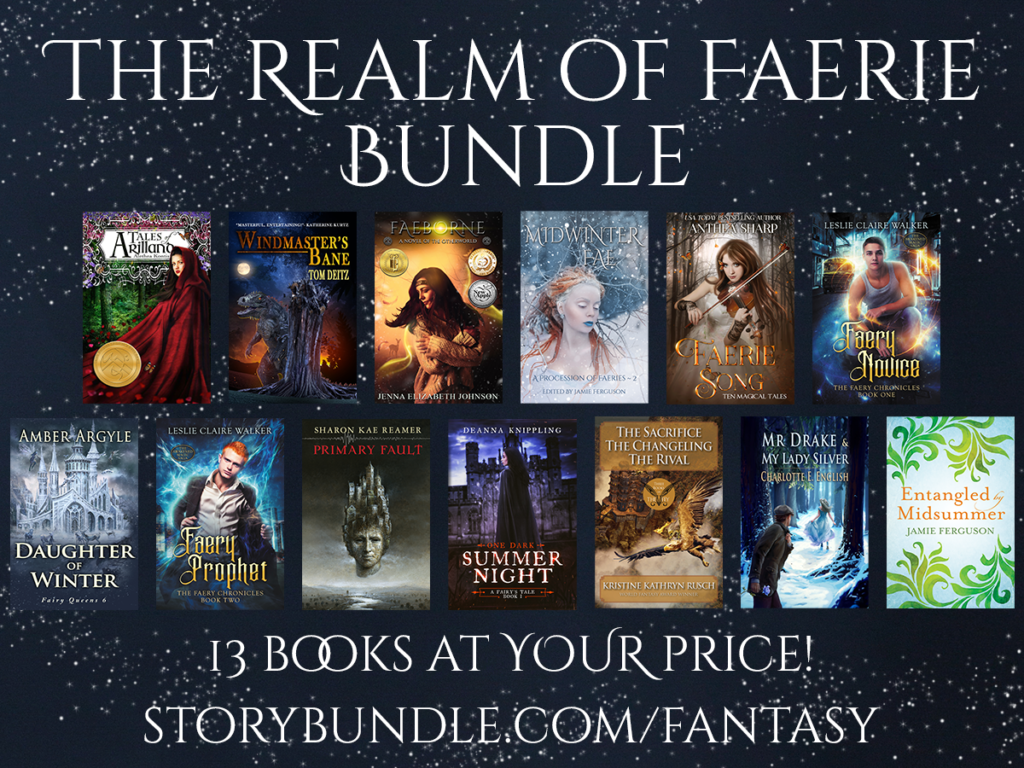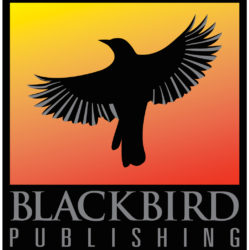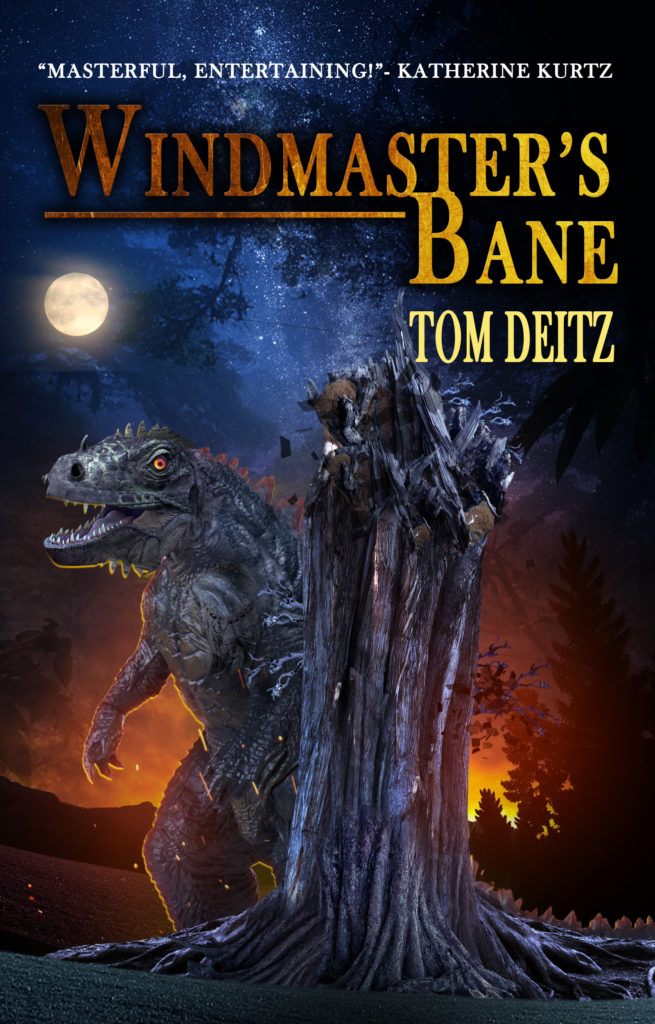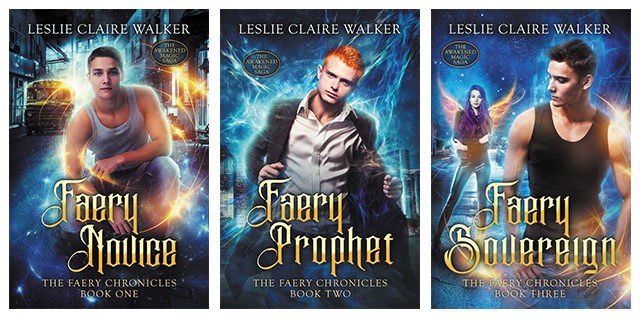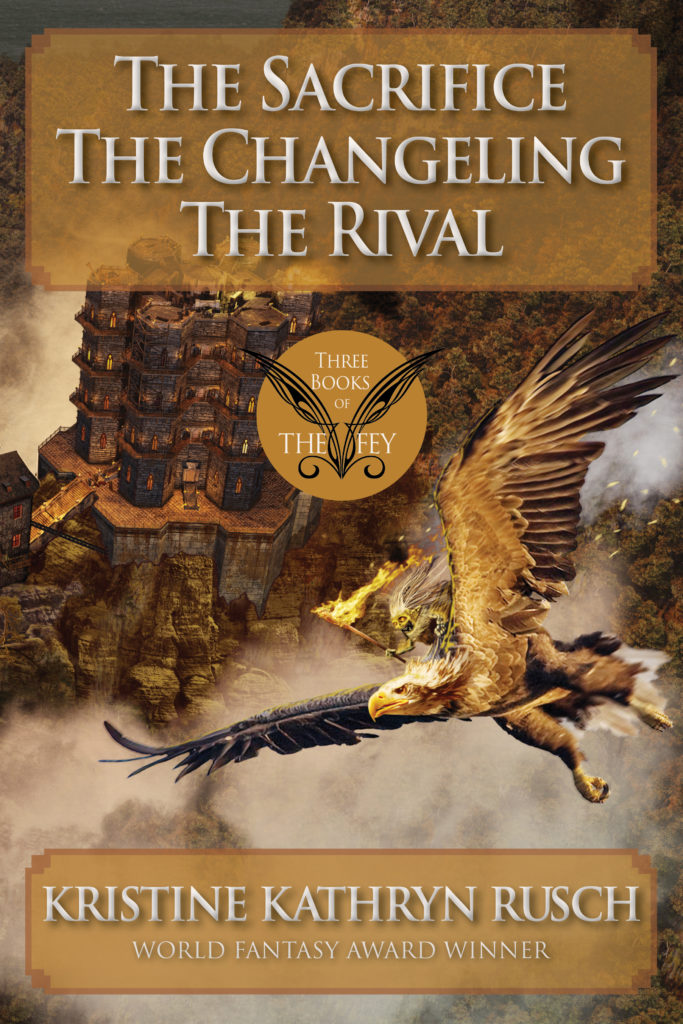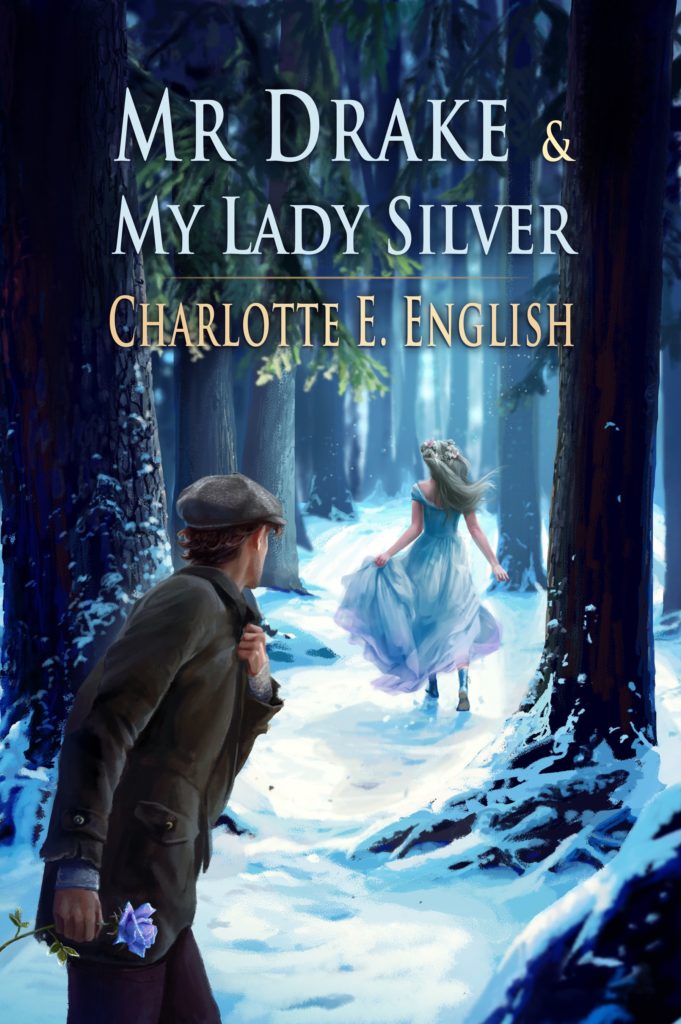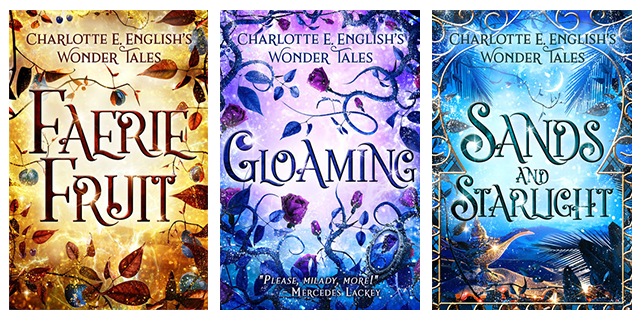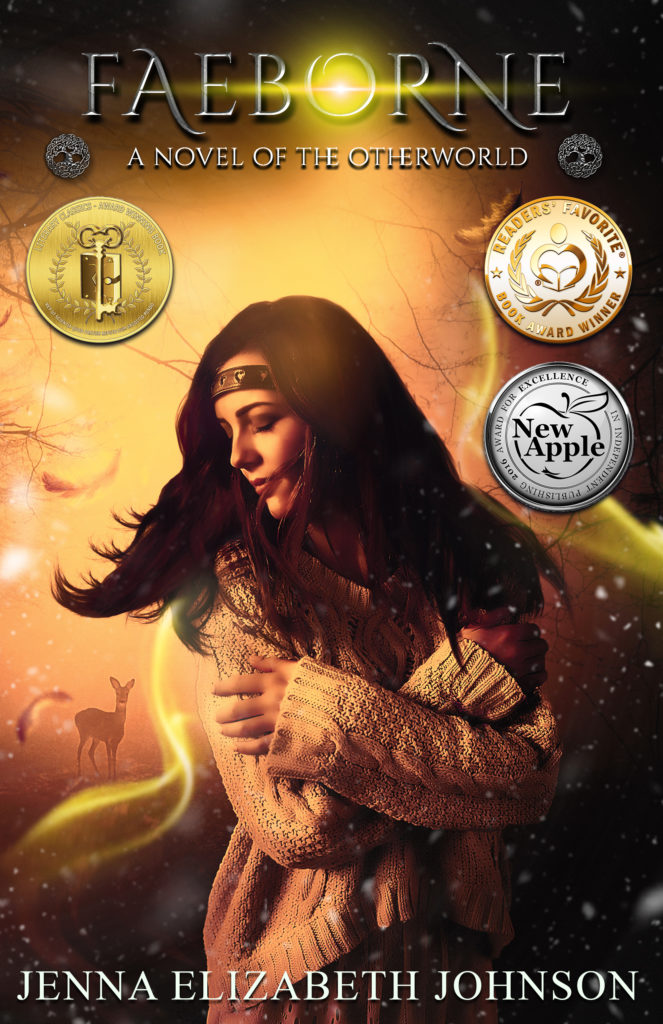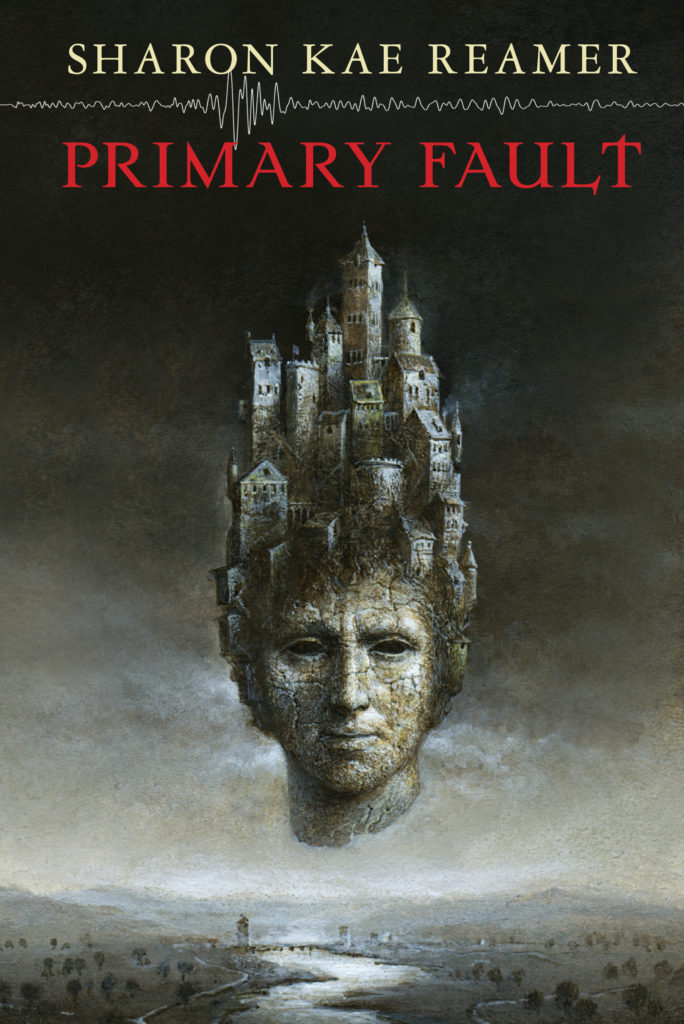
Midwinter Fae, the second volume in the anthology series A Procession of Faeries, brings you nineteen tales of magic, beauty, wonder…and sometimes danger, as the Fae can be unpredictable, and follow their own rules.
Midwinter Fae is available for a limited time in The Realm of Faerie bundle.
Enter the Realm of Faerie, a world of beauty, danger, and enchantment. But remember the legends if you want to make it back home again…
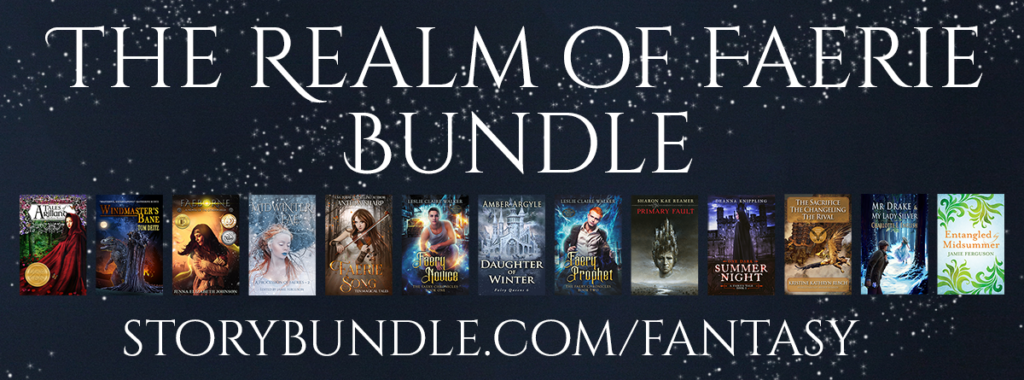
The Interview
Part 2 of the Midwinter Fae author interview includes:
- Diana Benedict, author of “Summerland’s Paladin”
- Rebecca M. Senese, author of “Holly vs. Oak”
- Stefon Mears, author of “A Last Meal for the Holly King”
What do you enjoy about weaving elements from mythology, legends, and folklore in your own writing?
Diana Benedict
Mythology and ancient stories give me this wondrous feeling inside my deepest self. I never got this from the religion I was raised in. The feeling is sacred and I wish I could hold on to it for more than the brief times I feel it. Working with these elements allows me to immerse myself in the wonder I find in them, so I often find myself working with these kinds of stories.
Rebecca M. Senese
I love the clash of different influences coming together to see where they will take me. I wouldn’t just take a myth or legend on its own, I’ll mix it up, either with another myth or twist the interpretation of it. I enjoy following where these surprising twists will take me in my stories.
Stefon Mears
I get to use my degree! Okay, I’m only half-joking there. I do have a bachelor’s degree in Religious Studies with a double-emphasis in Ritual and Mythology. But honestly, I got that degree because they were already major fields of interest for me, and I reveled in the excuse to study them formally.
When I was a kid, I did have a few regular children’s books on my bookshelves, but I had even more children’s versions of Greek and Norse myths. And those were my favorites. I must’ve read the story of Thesus a hundred times. Even at school, I found the folklore section of my grade school library (pretty small, but still), and read the whole thing (coincidentally leading to my interest in vampires and werewolves).
Plus, I grew up in a household where both sides told stories. My mom and her mother told the old Irish tales, including some versions that vary a bit from the mainstream interpretations. My father was an ex-navy man, and told some of the old folklore of the sea.
Honestly, I could go on and on about this. But key here is that myths, legends and folklore have always been a part of my life. Elements of them work their way into pretty much everything I write, one way or another. And to have an excuse to explicitly write about mythic, legendary or folkloric figures just makes me smile and gets my fingers moving.
What do you find most interesting about the mythology/folklore associated with Midwinter?
Diana Benedict
There is something really primal about struggling to survive the winter, relying on your crops and animals, that, hopefully, are enough to carry you through to spring, hunkering down as the world shuts down, freezes over, and becomes tinged with desperation.
I was afraid of winter as a child. My father worked construction and was often laid off in the winter. As a voracious reader, I worried that, like the characters I read about, our family would run out of money for heat and food, and we would be reduced to huddling in front of the stove, with empty bellies. It never happened, thank heavens, but I will not eat ham and bean soup to this day.
I also worried about the animals and the tiny birds that were out there in the world, exposed to nature’s cruelest time.
When I found that Christmas was really a winter solstice celebration, and that people went whole hog in celebrating their survival and their hopes that they would manage to make it until the world woke up, I was heartened.
The image of Victorian people wearing heavy clothing carolled, their sweet, clear voices mingling with their cloudy breath as the sound rose into the snowy night is a powerful one for me, evoking a mixed shudder of cold and a triumphant joy in my heart.
Stefon Mears
I think it’s the rebirth element. In the Celtic tradition — which is what I drew on for “A Last Meal for the Holly King” — Midwinter and Midsummer are two of the four solar poles of the year (the others being the equinoxes). And at each of the two, one figure dies and the other ascends into prominence.
I’ve heard people try to compare this to the idea of the new year as portrayed in American popular culture, in which the old year — represented by an old man with a long beard — dies at midnight on New Year’s Eve and the new year — represented by a baby — is born.
But that’s not the way it works in the Celtic tradition. In the Celtic tradition, two great kings — the Holly King and the Oak King — do battle on the solstices. At Midsummer, the Holly King kills the Oak King. The days grow shorter, leading into fall and winter. At Midwinter, the Oak King kills the Holly King, and the days grow longer, leading into spring and summer.
These are not quite battles of equals. In each case, a young king defeats an old king in ritual combat. This is as it must be. The Wheel of the Year must turn.
Implicit in this, though rarely discussed openly, is the rebirth element. In fact, in modern American Pagan ritual depictions of the solstices, often the old king is defeated, but not slain.
I think that misses part of the point. The rebirth element. One king is slain, but reborn immediately. He will grow until he is ready to do battle at the next solstice. Winter arising during summer, and summer within winter. Cycles within cycles.
I think it’s that rebirth element that compelled me to write “A Last Meal for the Holly King”.
Mythology and fairy tales often incorporate aspects from the locale in which they originated. For example, selkies appear in folktales from the Northern Isles of Scotland, the Faroe Islands, and Iceland. Is there an area of the world that you particularly enjoy including in your writing, whether from a mythological aspect, a geographical one, or both?
Diana Benedict
The Middle East, especially Greece and Crete. I read my first Greek myth at seven and was entranced. I devoured everything the librarians could find. I read them over and over.
I will go. I will.
Stefon Mears
Part of the reason I enjoy writing contemporary and urban fantasy is that I like to see the wondrous in the world around me. Heck, the first urban fantasy novel I wrote — Caught Between Monsters — begins with a struggle with a ghoul in an alley behind an abandoned shopping center. Very much the kind of wasteland or forgotten graveyard that lurks in every city and suburb.
I have to admit, though, that after moving back to Oregon back in 2011, I’ve really fallen in love with writing about the Pacific Northwest. There’s a sense of wildness and magic to the whole region. I really hope I do it justice in my stories.
I set “A Last Meal for the Holly King” in Oregon partially because the Oregon forests feel ancient and mythic to me. An appropriate setting for such a tale.
Is there something from a legend, fairy or folk tale, or myth that you haven’t yet used in your writing, but would like to?
Diana Benedict
A centaur. I love the idea of centaurs. When I found out they were likely the first images of horsemen, it made sense, but the centaur mythos was already firmly planted in my imagination. I always see Charon first in my mind before I see the warrior men riding horses as they descend upon a hapless city.
But centaurs have a lot of inherent biological or physiological problems. My concrete nature wars with my fantasy-loving heart, and I can’t put them in a story until I can figure out a way they would work realistically. Or reasonably realistically.
Rebecca M. Senese
There are so many myths and legends that I would like to use at some point in my writing, either in my Crossroad City Tales series or my other series. I’m currently using a Siren in another series. At some point, I would like to write about Changelings. That’s just one of many myths I’d love to write about.
Stefon Mears
Before I could answer this one, I had to walk away from my computer for a few minutes so I could stop laughing.
Yes. Oh, yes. Oh, so much yes. I’m not even sure I know where to start listing them. From Baba Yaga and Koschei the Deathless (Russian) to Fintan and the Fir Bolg (Celtic) to more than I can list here. I mean, I’ve barely touched some of the ones I’ve already used (rakshasas and the fomhóraigh to name only two), and I’ve hardly scratched the surface of the Norse and Greek and…
I need to stop. I have a book to write.
Question for Diana Benedict:
“Summerland’s Paladin” begins with Todd running for his life from his half-brothers. As his brothers close in, a talking raven speaks to him. Todd follows the bird through a tunnel of branches and finds himself in Faerie. Did you incorporate any mythology in creating the talking raven, and what did you enjoy about writing the raven’s character?
Well, there are ravens in all kinds of cultures and that gave me lots of options to play with. Plus, they are super smart. The people of the age knew they were smart.
Odin had ravens named Hugin (thought) and Munin (desire). They flew out every morning and did reconnaissance, sharing what they learned with Odin, so he learned new things.
Native Americans have ravens, referring to them as world creators or tricksters.
I have always been impressed with how smart they are. They are wonderful problem solvers in research studies; they can recognize faces and will share information about dangerous people with the fellow flock members; they are generous and reciprocal in nature, often gifting presents to people who share food with them.
When I was camping at the Grand Canyon, they told us to not leave our sewer hoses out for longer than it took to drain the tanks because the ravens would poke holes in them. They would also steal food given the chance.
I also love talking animals so it was no surprise that should love Ri Fiach, the Raven King. He is wise, he is old, and he has a good grip on the best way to problem solve given his wisdom and understanding of the situation. He knew Todd was the answer to Summerland’s problem.
I would love to use him in a story again some time. I probably will. Yeah. I am going now to make notes about what kind of a story that might be.
Question for Stefon Mears:
In “A Last Meal for the Holly King,” your protagonist runs into the Holly King the day before the winter solstice. You pulled a number of elements from mythology and folklore into this story. Which ones are your favorites, and why?
Well, some of this I addressed above about Midwinter, and some I want to hold back for fear of spoiling the story. But I’ll confess to this one, because it always makes me smile.
If you meet an old man or woman on the road—especially if that person is in distress—help them. Because if you happen to be in a folktale, there’s a better than even chance that this person is magical in some way, and will repay your kindness.
Careful though. This isn’t transactional. If you offer help anticipating that you’ll get something, you won’t. It has to be a sincere offer of assistance out of kindness, or the goodness of one’s heart.
In “A Last Meal for the Holly King”, the situation is a little more complicated than the third child going out to seek his/her fortune. But for me, that just makes the encounter more interesting.
Question for Rebecca M. Senese:
You’ve written several stories about Maeve Hemlock. Maeve is a detective with the Spells and Misdemeanours Bureau in Crossroad City, where magic and the normal world collide after the Great Tear opened a rift between the dimensions of the normal world and the Nether Realm. What do you enjoy about writing stories set in Crossroad City, and what’s your favorite part about this story in particular?
As I mentioned in my response about weaving elements of myth and legend, I love using the backdrop of a city caught near a magical rift and playing with where that could lead, especially adding in a mystery element. I have great fun riffing on the hard-boiled detective idea but she’s also a faerie, which brings in a whole other side and area that can be complicated.
In “Holly vs Oak,” I enjoyed having a chance to dive a little deeper into Maeve’s home life back in the North Court before she became a detective in the city. I also liked taking the idea of the change from midsummer to midwinter and turning it into an exhibition fight, as a twist on the legend and giving it a modern feel.
Find the authors!
Diana Benedict
Website ~ BookBub ~ Amazon ~ Goodreads
Rebecca M. Senese
Website ~ Facebook ~ Twitter ~ BookBub ~ Amazon ~ Goodreads
Stefon Mears
Website ~ Facebook ~ Twitter ~ BookBub ~ Amazon ~ Goodreads
Find The Realm of Faerie bundle!
This bundle is available for a limited time at StoryBundle.com/Fantasy.
Bundle buyers have a chance to donate a portion of the purchase price to the charities Mighty Writers and Girls Write Now!
